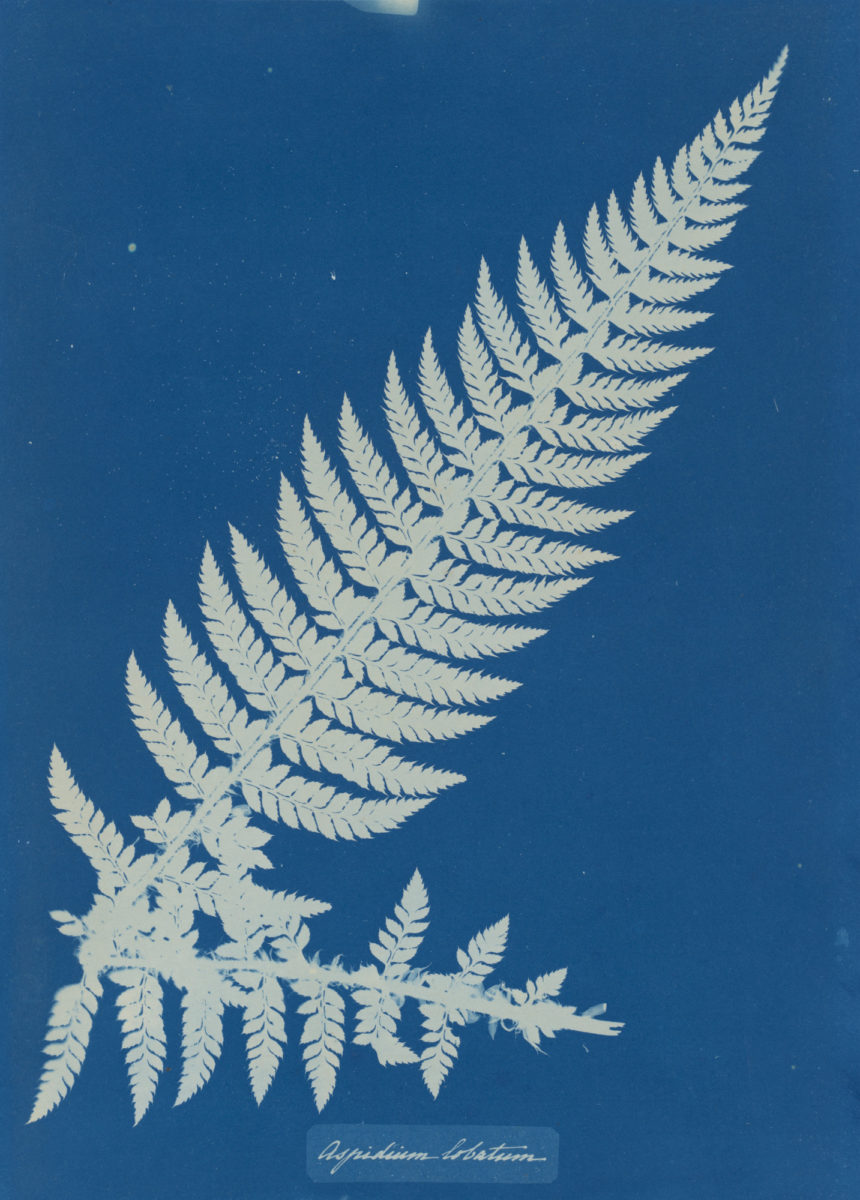Day/Time: 4 Thursdays starting January 12, 6:00-8:30pm
Location: SAA 2D Studio (W20-425)
Instructor: Jacob Geiger

While the silver-gelatin process has been the dominant mode of analog photographic print-making since the 1890s, many other chemical processes have been used historically to sensitize paper to light in order to make prints. Students will explore several non-silver gelatin processes for making chemical photographic prints, including cyanotype, Van Dyke brown, and Gum Bichromate. These processes will allow students to work in greatly different tonal scales from the ones offered by conventional darkroom processing.
No prior experience in darkroom photography is necessary. All prints will be made as contact prints or photograms. Students already familiar with darkroom processes may shoot film and make internegatives to be used in contact printing in order to maintain a fully analog workflow, but working with film is not a requirement. Students may also bring digital image files to be transformed into chemical prints by using digital negatives made with inkjet on transparency film.
Chemistry, transparency film, access to an inkjet printer, ortho-litho internegative film, and a limited amount of basic paper for printmaking will be provided; a fee for materials is included in the tuition. Students who choose to work with analog cameras should provide their own black-and-white film, and students may wish to purchase their own paper if they wish to work in sizes or paper types other than the ones provided. These materials will be discussed in the first class session.
-
January 12, 2023 - February 2, 2023
6:00 pm - 8:30 pm
